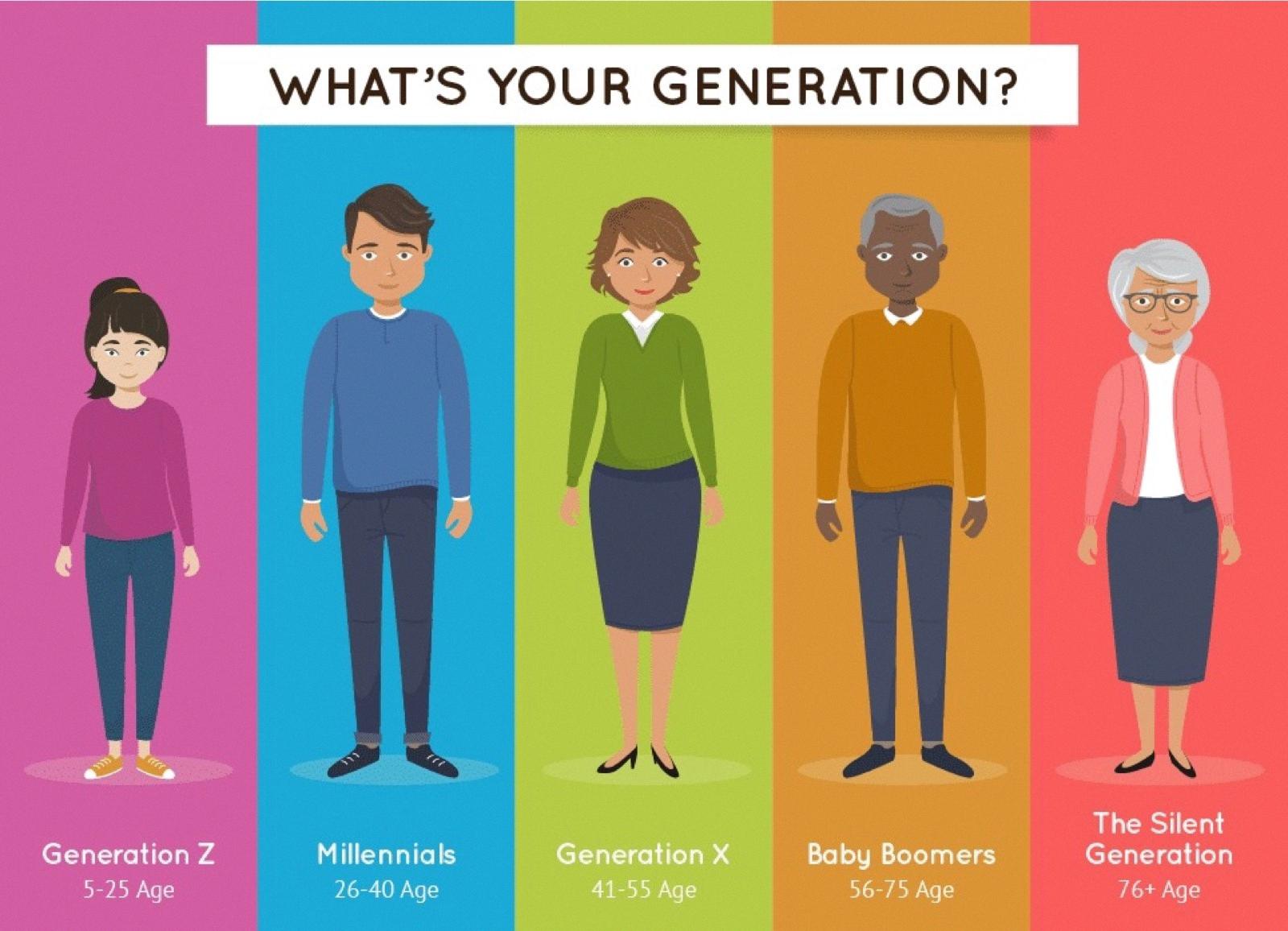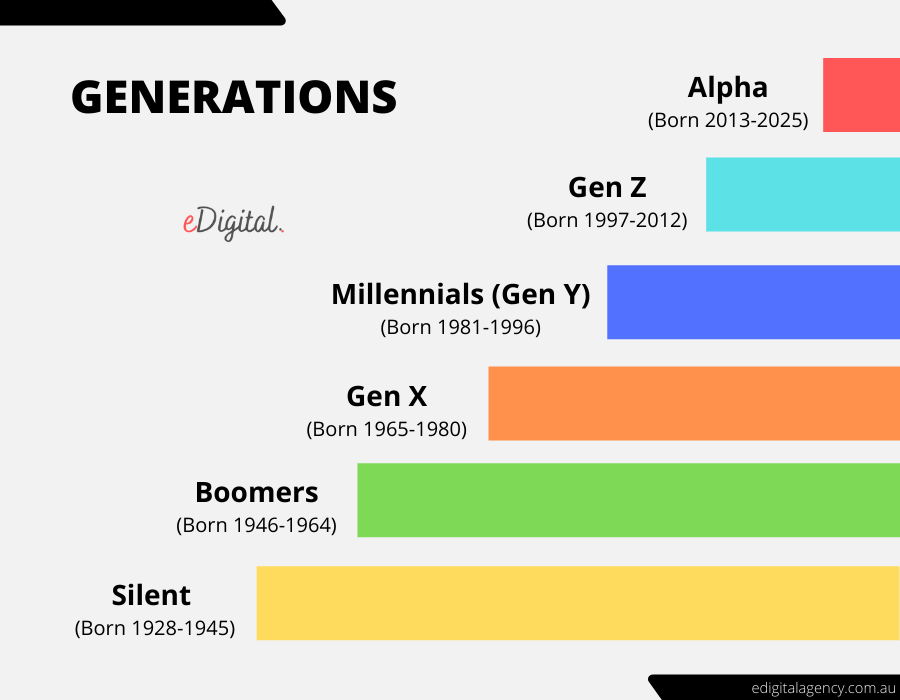OpenAI has announced a temporary halt to video creation features for new Sora users due to overwhelming traffic. The decision stems from the recent launch of an image generation tool that drew immense attention, resulting in capacity constraints. While new users can still experiment with image creation, video capabilities remain inaccessible for now.
This development has sparked quite a bit of conversation among users who were eagerly anticipating access to Sora's video tools. Many of those who recently subscribed to the GPT Plus plan have expressed frustration, pointing out that they paid for features they can't yet use. In response, OpenAI has acknowledged the issue and assured users that the restriction is only temporary.
So, what does this mean for new users? Can anything be done to regain access sooner? Let’s explore the situation further, shedding light on how this decision affects users and what might lie ahead. The company's commitment to delivering quality experiences could mean adjustments to their service plans or scaling up their infrastructure in the near future.
Table of Contents
- What Does it Mean if Video Generation is Temporarily Disabled for New Accounts?
- Why Has OpenAI Paused Video Creation Features?
- How Can New Users Cope with the Temporary Restriction?
- Can Existing Users Still Access Video Generation Tools?
- What Are the Alternatives for New Users?
- How Does OpenAI's Sora Compete with Other AI Tools?
- What is the Current Status of Video Generation is Temporarily Disabled for New Accounts?
- Final Thoughts - What Lies Ahead?
What Does it Mean if Video Generation is Temporarily Disabled for New Accounts?
For those who have recently joined OpenAI's Sora platform, the phrase "video generation is temporarily disabled for new accounts" might feel like a bit of a letdown. Essentially, it implies that new users won't be able to harness the video creation capabilities until OpenAI resolves its traffic and capacity challenges. This decision has left some users questioning whether their investment in the GPT Plus plan was worth it, especially if they were primarily interested in video tools.
Many users have taken to forums and social media to voice their concerns. It's almost as if they were expecting a smooth transition into the world of AI-driven video creation, only to find themselves waiting for an uncertain timeline. In some respects, the issue highlights the growing pains that often accompany rapid technological advancements.
Why Has OpenAI Paused Video Creation Features?
OpenAI’s decision to pause video creation features for new accounts is rooted in the sheer volume of traffic the platform has been experiencing. When the company launched its new image generation feature, it drew a massive influx of users eager to experiment with its capabilities. Unfortunately, this surge in usage stretched the system's capacity, forcing the company to take action.
It's not uncommon for tech companies to face such challenges when rolling out new tools. Sometimes, you just can’t predict how much demand there will be. OpenAI has assured its users that this is a temporary measure and that they are actively working on solutions to address the issue. For now, the focus remains on stabilizing the system and ensuring a better experience for everyone involved.
How Can New Users Cope with the Temporary Restriction?
New users of Sora may feel a bit stuck with the temporary restriction on video generation. However, there are ways to make the most of the situation. Firstly, they can still explore the image generation features, which have garnered a lot of positive feedback for their ability to mimic various artistic styles. For example, users have reported great success mimicking Studio Ghibli’s animation style.
Another approach could be to engage with the community around Sora. There are plenty of forums and groups where users share tips, tricks, and even collaborate on projects. It’s almost like finding a hidden treasure trove of creativity while waiting for the video tools to come back online. In the meantime, they can also reach out to OpenAI support for updates on when the video generation feature might be available again.
Can Existing Users Still Access Video Generation Tools?
One silver lining for existing Sora users is that they can continue to use the video generation tools without any restrictions. This means they can create as many videos as they want without worrying about spending additional credits. It’s a bit of a perk for those who have been part of the platform for a while, allowing them to stay ahead in their creative endeavors.
For instance, existing users can experiment with creating 30 fps videos at a resolution of 1216x704, which is impressively faster than watching them. This capability has been a game-changer for many, enabling them to produce high-quality content quickly and efficiently. It’s not just about creating videos; it’s about how these tools help streamline the creative process.
What Are the Alternatives for New Users?
While waiting for OpenAI to resolve the issue, new users might want to explore other AI video tools available in the market. Platforms like Adobe, Amazon, and ByteDance offer competitive solutions that could help bridge the gap. These alternatives often come with their own unique features and capabilities, providing users with fresh opportunities to experiment and innovate.
For example, some users have reported success with Gemini Apps, which utilizes several models for video generation, including Veo 2 and Veo 3. Veo 3, in particular, offers the added advantage of generating sound alongside videos, making it a rather compelling option. By the way, these tools tend to cater to a wide range of creative needs, ensuring there’s something for everyone.
How Does OpenAI's Sora Compete with Other AI Tools?
Sora stands out in the competitive landscape of AI tools by offering realistic video creation from text, photos, and other videos. Its ability to mimic various artistic styles and produce high-quality content quickly sets it apart from many competitors. Of course, the temporary restriction on video generation for new accounts has slightly dimmed its shine, yet it remains a powerful tool for existing users.
Compared to platforms like Adobe and Amazon, Sora offers a slightly different approach to video creation, focusing more on the generative aspect. It’s kind of like having a personal assistant that can turn your ideas into reality in seconds. Users often appreciate this hands-off approach, allowing them to focus more on creativity rather than technicalities.
What is the Current Status of Video Generation is Temporarily Disabled for New Accounts?
As of the latest update, OpenAI has yet to provide a definitive timeline for when video generation will be re-enabled for new accounts. The company continues to experience high traffic, which is a testament to the platform's popularity. However, the lack of clarity on when the feature will return has left some users feeling a bit uneasy.
OpenAI has assured users that they are actively working on scaling their infrastructure to accommodate the growing demand. It’s a bit like building a bigger house to fit more people, and it takes time. Meanwhile, the support team remains available to address any concerns and provide updates as they become available.
Final Thoughts - What Lies Ahead?
Looking ahead, the situation with video generation being temporarily disabled for new accounts could go several ways. OpenAI might decide to expand its infrastructure significantly, allowing them to lift the restriction sooner rather than later. Alternatively, they could introduce tiered access plans that prioritize certain users over others.
Regardless of the outcome, it’s clear that OpenAI’s Sora platform has captured the imagination of creators worldwide. Its ability to produce high-quality videos and images with minimal effort continues to attract users, even if they have to wait a bit longer for full access. Honestly, the future looks bright for both OpenAI and its users as they work together to overcome this temporary hurdle.
So, for now, new users just have to be a little patient and keep an eye out for updates from OpenAI. The company has shown a strong commitment to delivering exceptional user experiences, and it’s likely that this temporary restriction is just a small bump on the road to something much bigger.



